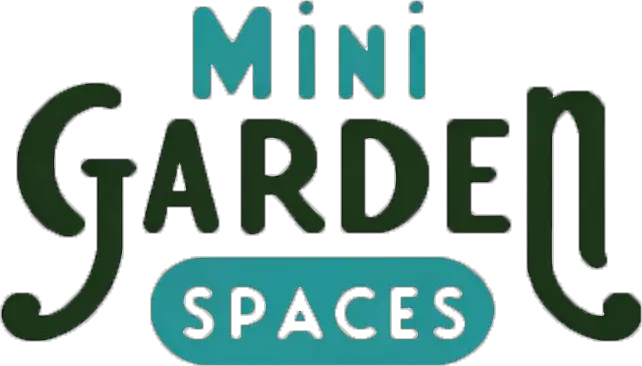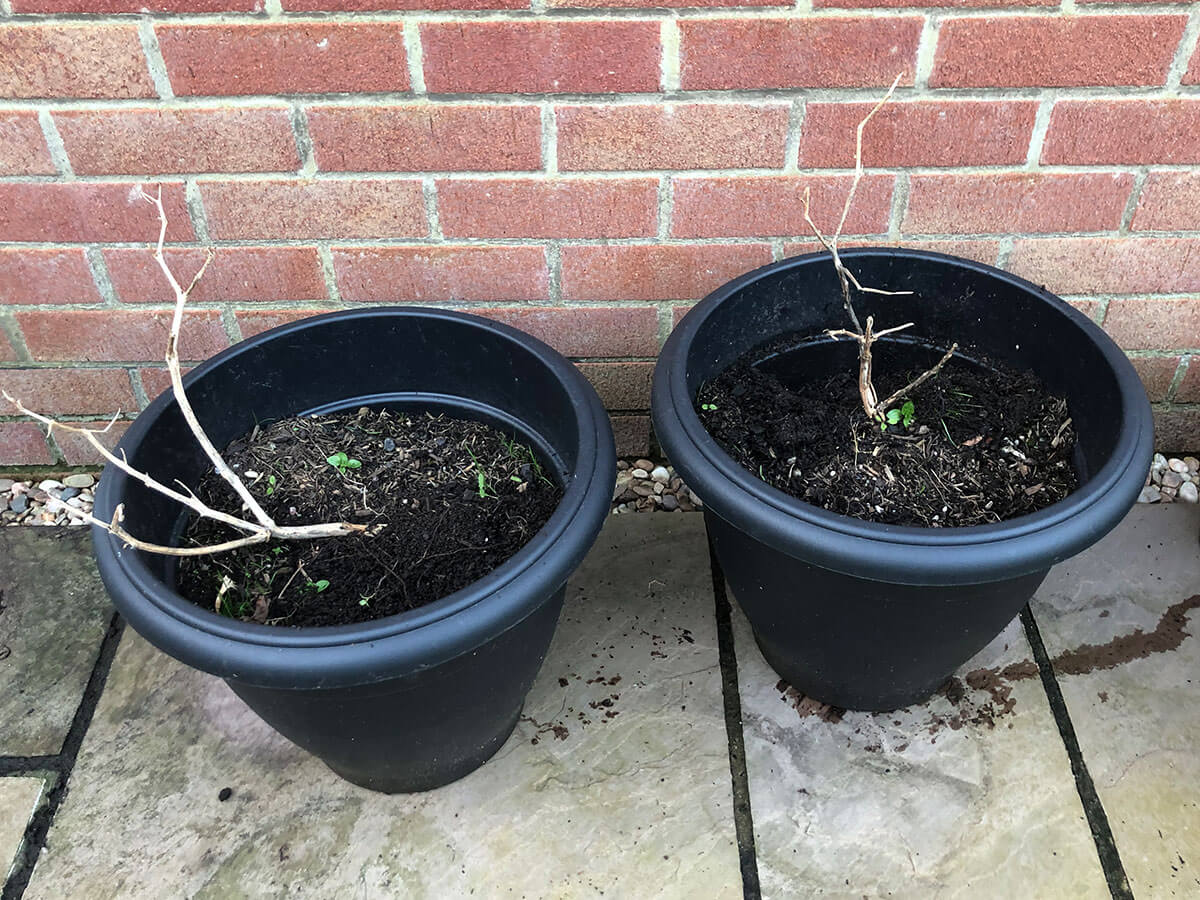How to Reuse and Refresh Old Compost from Containers
March, 2024 |A common issue we all come across when container gardening… What to do with our old container compost after vegetables or annual flowers have died back? Can I reuse and refresh old compost from my containers? It was a dilemma that I always struggled to find a clear answer to.
Can I reuse old compost? Is it still nutritious? What do I need to add? What are the ifs and buts?
After annual plants have died back, like your dwarf sunflowers or vertically growing vegetable plants. You’ve harvested the veg and you enjoyed the flowers. But now you’re left with a group of containers with a wilted or dried stalk sitting in a pot of compost…
How to reuse and refresh old compost from containers
It is definitely possible to reuse compost. In fact, reusing compost is a great way to keep costs down and it saves you from carrying heavy bags from your local nursery or garden shop!
But there are a few ways to make it ‘as good as new’ before you begin planting with it again.
I’ve covered my entire process below and also specifically covered what to do with old compost at the end of the growing season. As it’s usually in autumn when we’re all left with a sea of compost-filled containers with no idea on how to deal with it!
I’ve broken it up into a mini 4-step guide that details…
- Emptying your containers and saving useful compost
- Composting or disposing of old plant material
- How to store old compost for next year
- How to refresh your compost when you’re ready to use it again
Plus, at the end of this guide, I also answer some common composting questions. Like what to do if your old compost contains a diseased plant, how to get rid of compost if you really don’t need it, and how long you can keep reusing old compost.
Let’s get stuck in!
1. Save what you can: Emptying pots and containers
When plants have died back, it’s time to start emptying pots and containers. When you empty containers or lift out old plant stalks, you’ll often find that plant roots have compacted the compost into a solid mass.
You can try to save some compost by breaking pieces of loose compost off. Or bashing the root ball against another container to remove useful compost from the roots.
You can then collect this loose compost in a bucket or keep it back in the container it came from.
If the compost is very wet, spread it out on a tarp or plastic sheet to allow it to dry out a bit.

2. Disposing of old plant material
Once you’ve saved as much loose compost as possible it’s time to deal with that leftover plant material.
Old tomato stalks, bean tendrils, or pumpkin vines can be added to a compost bin. Or disposed of in garden/general waste, or even a community compost project.
If you’re adding them into your own compost bin, breaking them up into smaller pieces can really speed up the composting process.
If you don’t already, I really recommend having a compost bin. Even in a small garden, you can make a good supply of compost. It’s such an efficient and sustainable way to recycle old kitchen waste, coffee grounds, or cut flowers. Plus it can save you buying more compost bags!
Related Read | How to Compost in a Small Garden Space

Can you leave old plants and compost in the pot?
Some container gardeners swear by just leaving old plant material and compost in the pot and forgetting about it until next Spring. Some cover the pots with bin bags, others simply leave them to the elements.
While it’s definitely an option, it’s important to note that allowing rainwater to continuously seep through containers of compost will leech even more nutrients from them. So covering them is best.
The old plant material will eventually start to decompose and add a little nutrition back into the compost. But it will decompose a lot faster if you separate it from the leftover/usable soil and add it to a compost bin.
Plus, leaving compost in a terracotta or ceramic pot over winter can make it prone to cracking. So it’s often best to deal with it in autumn as soon as the growing season finishes.
3. Storing compost for next year
So now you’ve separated out your compost, you can decide how you’d like to use it. A few options include…
Storing old compost for next year:
If you don’t need to plant anything, simply store old container compost to use next year. Run a fork through it a few times to fluff it back up and introduce air, so it doesn’t become stagnant over winter. Then you can bag it up in an old compost bag or keep it in containers with a cover over the top.
If the compost is wet make sure you dry it out a bit before storing. Spread it out on a tarp or plastic sheet to allow some of the moisture to evaporate away.
Just note that terracotta and even some plastic containers can be prone to frost damage. So if you have the space you could store the compost in a garage or shelter.
If you have a small balcony or patio, just keep the containers well covered with a bin bag or keep them close to the wall of your apartment to pick up a little residual heat.
Related Read | How to Protect Your Container Plants from Frost
Plant new plants:
Maybe you’re growing winter vegetables like onions, cabbages, or garlic, or quick growing crops like spinach or beetroot. Or maybe you’d simply like to pot up some new winter plants to add color to your small garden in winter.
Put that old compost to work straight away! Just make sure to skip to the next step to refresh your compost before you use it to grow new plants…
4. How to refresh old compost
When you’re ready to use your old compost, it’s time to refresh it and give it a nutritional boost.
The plants that have been growing in that compost have been taking nutrients from it. This means nutrients like nitrogen, potassium, and phosphorus (essential for plant growth) are now depleted.
Lots of gardening books or blogs tell us that old compost is no longer useful. However, while it may be low in nutrients, it’s still a useful growing medium. Soil is soil at the end of the day!
It’s true that after a growing season, old compost will be lacking in certain nutrients. But we can refresh old compost by adding and boosting its nutrition with certain ingredients…
Adding nutritious organic matter:
Homemade garden compost, worm castings, organic chicken manure, and seaweed pellets are all great additions that can add nutrition back into old container compost. A good ratio to aim for is 70% old compost mixed with 30% new organic matter.
Related Read | 8 Best Fertilizers to Refresh Container Compost

Adding air:
It may seem odd, but compost needs to be aerated! If your old compost has become compacted since being stored, start fluffing it up with a fork. Compost needs to be aerated and loose to allow fine roots to work their way down through the compost. A good root structure = healthy plants.
Commonly asked container compost questions…
These are the ifs and buts of dealing with the old compost from your containers…
How many times can you reuse old container compost?
Old compost can be reused using the method outlined above as many times as possible. As long as it’s moist (not wet), healthy (not infected with pests or diseases) and the nutrients have been replenished.
When should you throw old compost away?
If one of your plants has died from a pest or disease, it’s often best to throw out the compost it was in and begin planting again with fresh compost.
This saves the risk of your new plants being infected. Especially with persistent pests like vine weevils where the eggs and grubs can be very difficult to remove from compost.

Can you use wet/soggy compost?
Often if compost becomes too waterlogged it can become stagnant and begin to smell. The compost is in an anaerobic state, which means there is little oxygen available to the beneficial bacteria and the pH is now quite acidic. But don’t worry, it can be saved!
To reuse stagnant compost, lay it out to dry on a tarp to allow some of the moisture to evaporate away. Good compost needs to be moist but not wet, as plant roots and bacteria need access to oxygen.
Another way to refresh stagnant compost is to mix in more ‘brown’ waste and allow it to decompose further. Adding paper, sawdust, and dry leaves can balance out your compost if it’s in this state.
Where can you dispose of old compost?
If you feel that your compost is simply spent and you have borders or other container plants, you could add it around existing plants as mulch. You could even loosely sprinkle it over your lawn if you have one.
Or if you’re balcony gardening or container gardening on a patio, and you can’t just empty old compost into a corner of your garden and forget about it…
Instead, try to…
- Add it to your own compost bin. Use it to layer in between any kitchen waste that you add.
- Locate a community compost project to drop it off to.
- Offer it to neighbors or list it for free collection. You’d be surprised how many people will jump at the chance to pick up even old compost.
- Add it to a garden waste bin.
- Add it to your general waste bin (a bit at a time if there’s too much).





